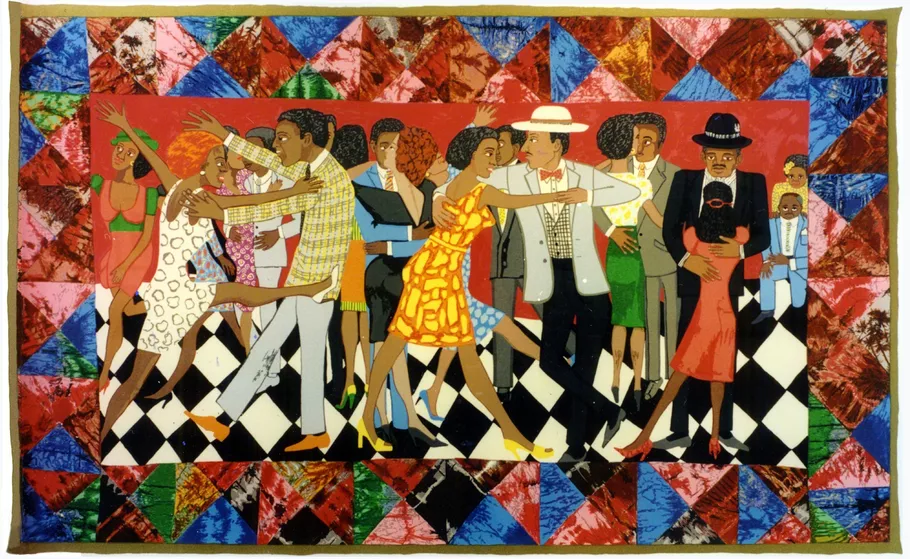
The Renaissance of Textile Art in Contemporary Fashion
In recent years, the fashion world has witnessed a remarkable resurgence of interest in textile art, marking a renaissance that blends traditional craftsmanship with contemporary design. This movement represents a shift away from fast fashion towards a more thoughtful, artisanal approach to clothing creation. The revival of textile art in fashion is not just changing the way clothes look and feel, but also how they are made and valued.
At the heart of this renaissance is a renewed appreciation for traditional textile techniques. Ancient crafts such as weaving, embroidery, quilting, and dyeing are being rediscovered and reinterpreted by contemporary designers. These time-honored methods are being used to create garments that are not just clothing, but wearable works of art. The result is fashion that tells a story, carrying with it the rich history and cultural significance of these traditional crafts.
One of the driving forces behind this movement is a reaction against the homogeneity of mass-produced fashion. Consumers are increasingly seeking out unique, handcrafted pieces that reflect individuality and artistry. This desire for distinctiveness has led to a surge in demand for clothing that incorporates intricate textile art, from hand-painted fabrics to complex embroideries.
Sustainability is another key factor in the revival of textile art in fashion. As awareness of the environmental impact of the fashion industry grows, many designers are turning to traditional textile techniques as a more sustainable alternative to industrial production methods. Hand-weaving, natural dyeing, and upcycling are not just artistically appealing, but also align with the values of eco-conscious consumers.
The influence of global artisanal traditions is strongly evident in this textile art renaissance. Designers are drawing inspiration from textile techniques from around the world, from Indian block printing to Japanese shibori dyeing. This global perspective is not only enriching the vocabulary of fashion design but also helping to preserve and celebrate diverse cultural heritage.
Technology is playing an interesting role in this revival, creating a fascinating juxtaposition of old and new. While the focus is on traditional handcrafts, many designers are using digital tools to push the boundaries of what's possible in textile art. Computer-aided design is being used to create complex patterns for weaving or embroidery, while 3D printing is being explored as a way to create intricate textile-like structures.
The renaissance of textile art is also changing the way fashion is presented and consumed. Runway shows are increasingly becoming immersive experiences that showcase the artistry behind the clothing. Some designers are even inviting artisans to demonstrate their craft as part of the show, highlighting the human touch behind each piece.
Education is playing a crucial role in this movement. Many fashion schools are expanding their textile art programs, teaching traditional techniques alongside modern design principles. This is nurturing a new generation of designers who are equipped to innovate while respecting and preserving traditional crafts.
The impact of this textile art renaissance extends beyond high fashion. It's influencing the broader apparel industry, with even mainstream brands incorporating more textile art elements into their designs. This trickle-down effect is helping to raise awareness and appreciation for textile craftsmanship among a wider audience.
Collaborations between fashion designers and textile artists are becoming increasingly common, leading to exciting cross-pollinations of ideas. These partnerships often result in groundbreaking designs that push the boundaries of both fashion and textile art, creating new aesthetics and challenging conventional notions of what clothing can be.
As we look to the future, the renaissance of textile art in fashion shows no signs of slowing down. If anything, it's likely to become even more prominent as consumers continue to seek out clothing with meaning, history, and individuality. This movement represents not just a trend, but a fundamental shift in how we think about clothing – as a form of artistic expression, a carrier of cultural heritage, and a reflection of our values. In a world of fast fashion and mass production, the revival of textile art offers a compelling alternative: fashion that is as much about the journey of creation as it is about the final product.